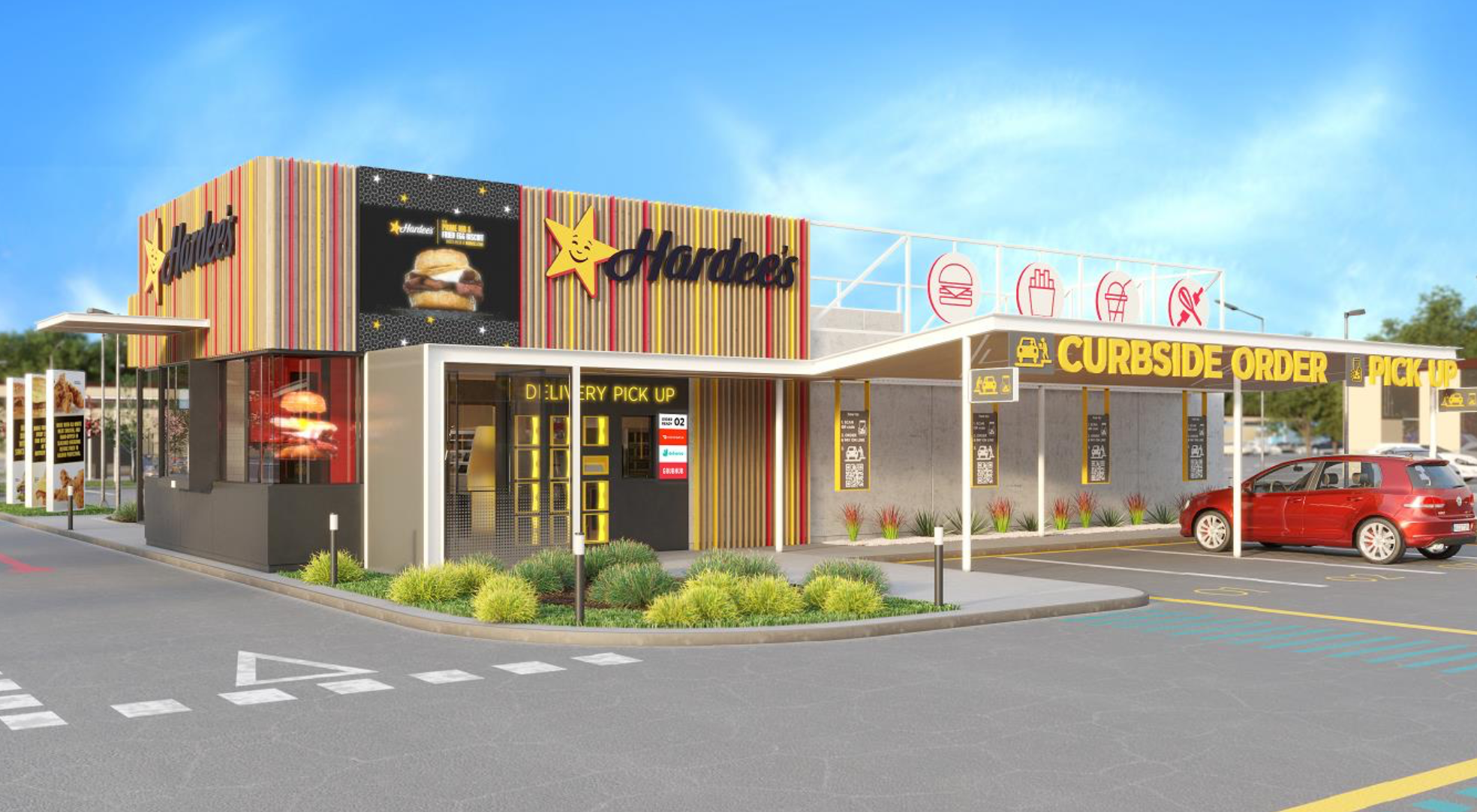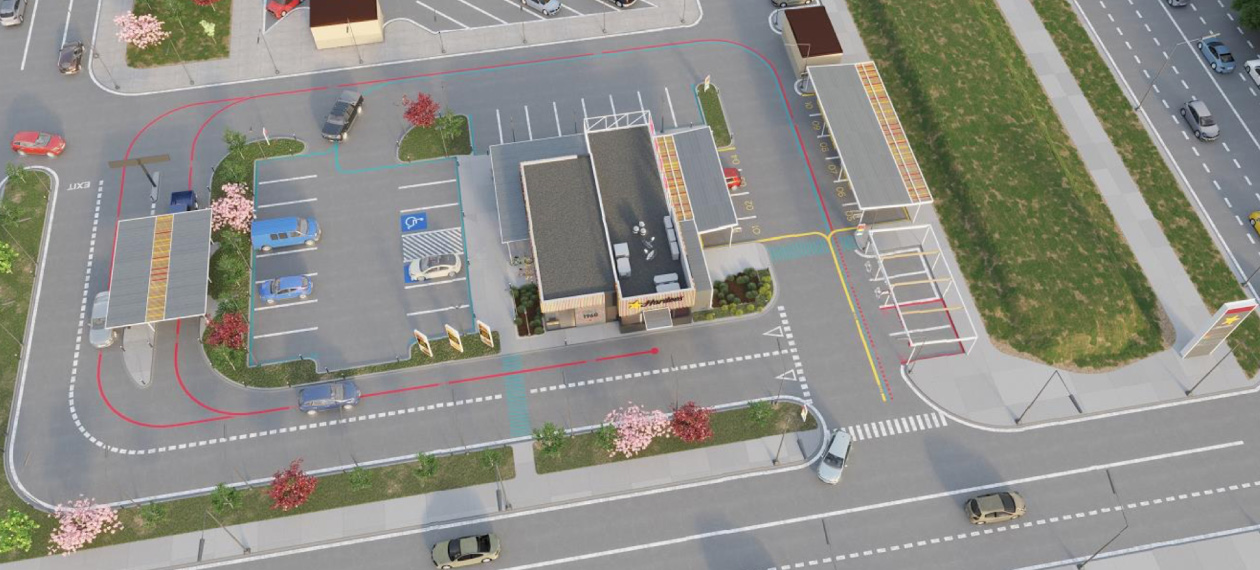Back in 2019, CKE began prototyping new designs for its flagship restaurants, Hardee’s and Carl’s Jr. The fast food giant had noticed a small year-over-year decline in customers, who were increasingly using drive-thru offerings or third-party delivery services instead of dining in. CKE, a brand deeply rooted in fast food’s homegrown past, had to move quickly to keep up with an inescapably digital future.
Or maybe not that quickly. When Bipin Patel, Senior Director of Design and Architecture, set out to bring the brand’s iconic restaurants in line with its customers’ evolving needs, the project was initially put on hold — there were more pressing matters to deal with first. Then COVID-19 hit. In an instant, nobody was dining out. CKE’s future couldn’t wait any longer.
On a recent episode of DISRUPT, RestaurantSpaces' LinkedIn Live series, Patel joined us to discuss just what it takes for a legacy brand like CKE to meet the needs of its digital-first customers — from the massive data collection effort to the prototype it’s launching in just a few months.
Making Big Changes with Big Data
To build the next generation of Hardee’s and Carl’s Jr., Patel had to get granular. “Before, it was all kind of a one-size-fits all mentality," he explained. "It didn't matter what size parcel it was, it didn't matter what my business state of needs were, we always built the same type of building design based on previous prototypes. Now we're thinking a little more differently about optimization.”
By sifting through sales data from CKE’s thousands of locations — and factoring in real estate considerations — Patel can design prototypes that target a market’s precise needs. An area with higher off-premise business, for instance, might call for less interior seating and a pickup vestibule for delivery workers. In pricey real estate markets where CKE already has a presence, it might deepen its penetration (while avoiding cannibalization) with a digital-first “satellite” location: no interior seating at all, just walk-up and drive-thru service with patio space.
Then there’s the back-of-house, where Patel’s team is performing time and motion studies with an eye toward streamlining efficiencies — perhaps by automating some of them — and upgrading legacy equipment. “We gotta be nimble,” Patel said. “That customer state of need is changing, and we need to adapt with that as well.”
Taking a Modular Approach to Physical Space

The data led Patel to three prototypes: a 50-seat concept, a 30-seater, and the seatless digital-first design. In November, CKE will open a 40-seat Hardee’s location in Nashville that emphasizes the off-premise experience, which Patel sees as key to CKE’s future. “We actually saw positive comp growth for both of the brands” during the pandemic," he said. “Especially for Hardee’s, where we were able to keep the drive-thru open and divert our customers from the inside to the outside.”
Whereas Hardee’s dining rooms are typically in the front of the building, the Nashville prototype situates the dining room — with ample patio space — in the back, tucked behind a spacious curbside pickup area and bordered by wide, bottleneck-mitigating drive-thru lanes.
The design is easily adaptable to markets with different considerations. “If they need 60 seats, all they have to do is kind of stretch that dining room out,” Patel explained. “Or if they need more patio seats, stretch that out as well. It’s a modular approach.”
He stressed that the prototype will be a “learning lab,” providing data that helps CKE iterate future designs over the next few years.
No Brand is Too Big to Be Disruptive

Sometimes it takes a crisis to see things clearly. The Covid-19 pandemic made off-premise dining the new normal, forcing CKE to recognize that for many of its guests, off-premise dining was already the new normal. For legacy brands like Hardee’s and Carl’s Jr., adapting to the digital age means embracing change — no matter how sudden it may be. “We’ve got to be disruptive to ourselves first and foremost,” Patel said. “Otherwise you're just catching up to everybody else, and we don't want to be in that position.”
To catch future episodes of DISRUPT, follow our LinkedIn channel.

Posted by
Chain Restaurants Reimagined.
The Retreat to Reimagine Restaurant Development, Design + Technology.
April 12-14, 2026 | Miami, FL





-3.png)

-3.png)
-4.png)
-3.png)

Comments